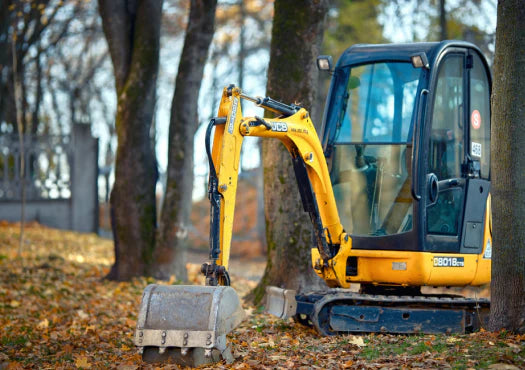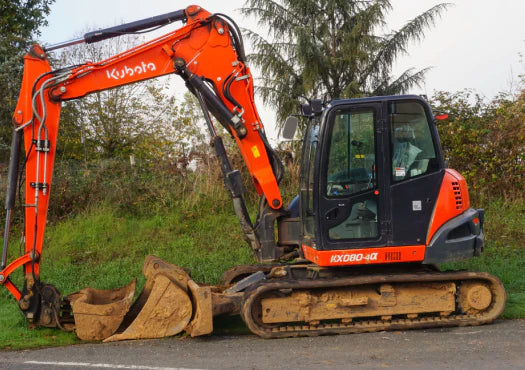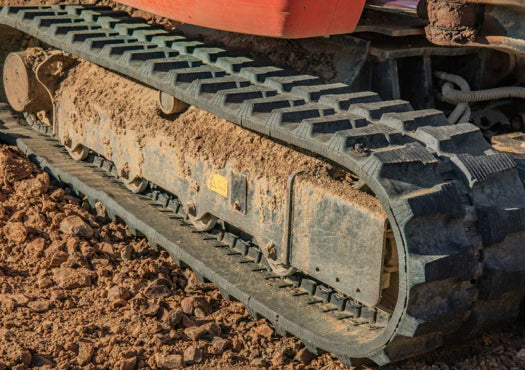Reliable and Durable with Reddy Tracks: What are the Wear Factors of Rubber Tracks?
When it comes to heavy equipment, the reliability and durability of your rubber tracks can make a significant difference in both performance and cost-efficiency. Understanding the wear factors that affect rubber tracks can help you maximize their lifespan and ensure optimal operation. Here are the key factors to consider:
1. Carcass Thickness
The thickness of the rubber carcass is a crucial determinant of a track's durability. Thicker tracks generally contain more rubber, which translates to better resistance against wear and tear. This not only extends the track's lifespan but also provides a smoother ride for the operator.
2. Raised Rails
Raised rails help to protect the internal structure of the track from damage and wear. They provide an additional layer of defense against harsh terrain, reducing the risk of punctures and tears. This design feature is essential for maintaining the track's integrity over time.
3. Continuous Steel Cord
Tracks reinforced with continuous steel cords offer superior strength and durability. These steel cords run the entire length of the track, providing consistent support and reducing the risk of breakage. This reinforcement is crucial for handling heavy loads and maintaining track shape under stress.
4. Operator Efficiency
While anyone can learn to operate a CTL (Compact Track Loader) or mini-excavator, not everyone will do so cost-efficiently. Operator habits can significantly impact track wear and overall machine efficiency. Proper training and awareness are key to maximizing track life.
Wear Factors of Rubber Tracks
Understanding the specific factors that contribute to rubber track wear can help in making informed decisions and maintaining equipment effectively. Here are the primary wear factors:
Speed
High-speed operations can increase friction and heat, leading to accelerated track wear. Keeping speeds within recommended limits helps to prolong track life.
Reverse
Frequent reversing can cause uneven wear on tracks. Operators should minimize unnecessary reversing to reduce this wear factor.
Soil Condition
Different soil conditions can impact track wear differently. Abrasive soils can wear down tracks faster, while softer soils may have a lesser impact. Adjusting track usage based on soil conditions can help mitigate excessive wear.
Load Requirement
Carrying heavier loads than the tracks are designed for can lead to premature wear and damage. Ensuring that the load requirements match the track specifications is crucial for durability.
High Pack Compaction
Operating on highly compacted surfaces increases the pressure on tracks, leading to quicker wear. Avoiding or minimizing operations on such surfaces can help extend track life.
Conclusion
Reddy Tracks are designed to be reliable and durable, incorporating features such as thicker carcasses, raised rails, and continuous steel cords to withstand various wear factors. By understanding and addressing these wear factors—speed, reverse operations, soil conditions, load requirements, and high pack compaction—operators can ensure their equipment remains cost-efficient and long-lasting.
With the right knowledge and practices, you can maximize the lifespan of your rubber tracks and maintain optimal performance with Reddy Tracks.




